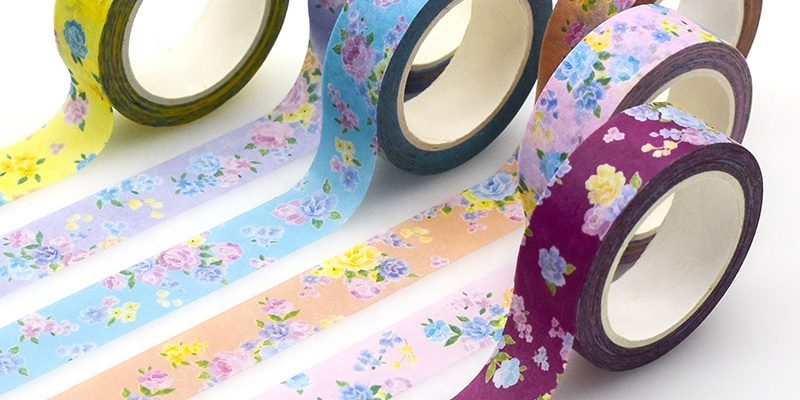Automotive detailing, a meticulous practice aimed at enhancing a vehicle’s appearance, relies heavily on the precision provided by masking tape. In this blog post, we explore how masking tape has become an indispensable tool in the world of automotive detailing, ensuring flawless finishes and clean lines.
Sharp Paint Lines: Masking tape is used to create clean and sharp paint lines during various detailing tasks, such as pinstriping, two-tone paint jobs, and intricate designs.
Protection Against Overspray: During paint or clear coat application, masking tape shields adjacent areas from overspray, ensuring that only the intended surfaces receive the finish.
Trim and Emblem Detailing: Masking tape aids in detailing tasks involving vehicle emblems, badges, and trim. It ensures precise coverage while protecting surrounding surfaces.
Panel Separation: When detailing interiors, masking tape can be used to temporarily secure panels, preventing accidental scratches or damage during cleaning and restoration.
Curved Surfaces: The flexibility of masking tape allows it to conform to curved surfaces, making it invaluable for detailing tasks involving contours and rounded edges.
Application Tips: Use a tape with appropriate adhesion strength for the surface. Apply the tape carefully, ensuring it adheres without causing damage or leaving residue.
In summary, masking tape’s role in automotive detailing highlights its ability to enhance precision and elevate the quality of work. Its use in achieving sharp lines and protecting surfaces reflects its crucial role in achieving professional results in automotive aesthetics.
























